Doing Science in Barcelona
Posted by Elena, on 22 November 2011
Blog entry
When thinking Barcelona, what first comes to mind is probably the football and Olympic games, the beaches, relaxed Mediterranean lifestyle, siesta and long nights out. All of it is accompanied with the Gaudi’s whimsical architecture at the background as an extra bonus. People usually go to Barcelona for a vacation or … for a science meeting. I was in this colorful city already several times because of science and always loved the place. And then a perfect chance came to spend a little bit more time in Barcelona when I was awarded the Development Travelling Fellowship supporting my visit for collaborative purposes. I was hosted by the lab of Enrique Martin-Blanco at IBMB at the University of Barcelona and the main goal of my stay was to work out the conditions for measuring protein activity during early zebrafish development. I embraced this opportunity to learn more about the place and its local customs by living there. What follows, are some of the experiences I have made in those two months in Barcelona.
Science reflection
Despite the economical situation and the ever-tightening budget, people do amazing science in Barcelona. I was exposed to a rich spectrum of different projects during the lab group meetings and also during department seminars. The microscopy facilities were impressive and I was happy to have more that one choice for a particular setup to use in my experiments. I could test different excitation and emission combinations as well as various optical variants to find the best conditions for imaging. Although the facilities were very busy and shared by many labs, I could get access to all the necessary equipment to conduct experiments and collect enough data that kept me busy with the analysis when the microscopes were occupied by other data hunters. Here, I would like to express my deep gratitude to the members of Enruque’s lab and to the heads of the facilities for making my time there very smooth in terms of organization and planning. The first two weeks were made very easy for me, because the girls who were working with zebrafish, made all the necessary arrangements such as booking injection stations and the microscope slots, preparing certain reagents and also making spare time to show me around. This was an enormous help during the short visit when every second counts.
As other travelers here had already commented, a good thing about going to a different place is that it allows refreshing ones thinking and the general attitude to the lab routines. For example, it became clear very quickly how spoiled we are back home in Germany. While it is good to focus on the work without thinking much about the costs involved, one can get easily carried away and waste unduly amount of reagents and materials. While I never felt limited in any reagent or equipment I had to use during my visit, it became apparent how important is to be economical in the way one works. For example, it is perfectly possible reusing the plastic Petri dishes in which the embryos are kept, which is often for half a day only. There is no good reason for discarding the dishes. It is not about the cost of the dishes, which is rather low, bur more about the plastic waste that is generated that way. Certainly, it made me think more carefully of the amount of waste produced in a lab and I keep applying my new working habits.
Cultural differences
When in Spain, do like Spanish do, or at least try to. I was very curious about the local customs and the differences between the Spain and Germany.
People in Barcelona are very friendly and one can easily get around with speaking English, but knowing a few words in a local language would definitely be helpful. Barcelona is the capital of Catalonia, therefore there are two official languages spoken in Barcelona: the Catalan and Castilian Spanish, which could be very confusing at the beginning, especially when trying to read the signs. It always makes a nice impression if you could say “bom dia” instead of “bueans dias” and some other simple phrases in Catalan.
Strangers at the street and in a public transport stare at one another much more directly than they do in Germany. That was a striking difference from the way the strangers interact in Northern Europe, where people mind their own businesses. The personal distance is much shorter and in the metro it would be very normal to lean over to see better the book a fellow passenger is reading.
For someone who is used to have a lunch break at 11:30, which is typical in Germany, it might be a bit unusual to shift this time for an hour or more. People in Spain normally go for lunch around 1 pm or later. It is very typical to conclude the lunch with a coffee and maybe a cigarette.
It was relatively easy to find a place to stay. I got a room in a shared apartment with four other people in a very nice neighborhood with large streets and beautifully designed houses. Every day going to the metro, I would fight my way to get in because of the tourists crowding in front of casa Battlo, one of the famous Gaudy houses turned into museum, right next to the station. My flatmates were on various kinds of the study exchange programs or other types of visits and all from different backgrounds, which was a very enriching experience. I feel very lucky with my choice because I had the nicest flatmates, easygoing and very friendly.
Although it is acceptable, I would not advice drinking the tab water. It is full of chlorine, which gives a peculiar taste to it. The bottled water is relatively cheap and the 5 to 8 liter cans are available everywhere. Barcelona is rather expensive city but good deals are possible. There are plenty of grocery stores and little private kiosks that run till late but the price range could be huge and I spent some time comparing prices before deciding where to shop.
The sunlight is very intense in Barcelona and I was constantly using sunglasses. My room had no curtain and the effect was amazing: I did not need an alarm clock anymore getting up with the sun every day. If only the sun could get up a bit later on the weekends!
Barcelona is generally a very safe city but one must be wary of the theft, which is apparently a very popular business in the tourist areas. It is well known and has been discussed thoroughly in many blogs giving travel advices. The thieves will try to steal the stuff from you while you are admiring the architecture and other street wonders. Being vigilant and keeping an eye on your belonging is enough to stay away form the trouble.
How to find a piano
While this would not be an issue for the most visiting scientists, I felt desperate facing with the idea of spending two months without a piano. That’s why during the first week I kept annoying my colleagues asking them to call different piano stores and enquire about a possibility of renting one. Soon it became clear that renting a piano for two months is not an option. I found a place nearby where I could play for a small fee, but I could never make it there during the opening hours. At the end I was quite lucky to find a cheap digital piano on ebay, which I could later re-sell to one of the colleagues who got inspired and decided she wanted to perfect her musical skills.


 (3 votes)
(3 votes) (No Ratings Yet)
(No Ratings Yet)

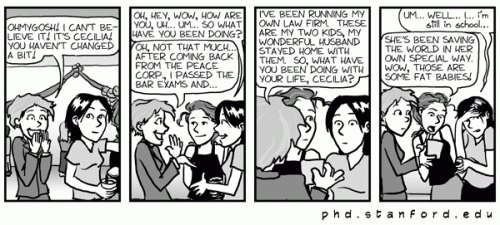

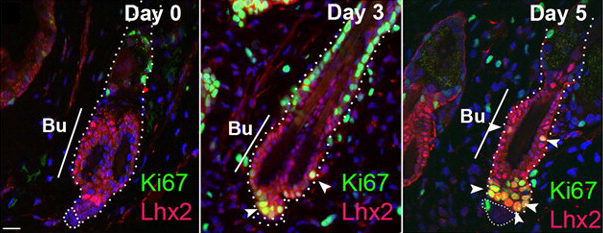
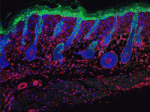


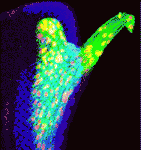
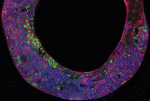
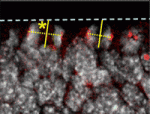
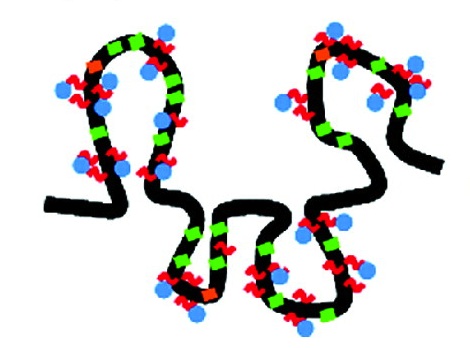
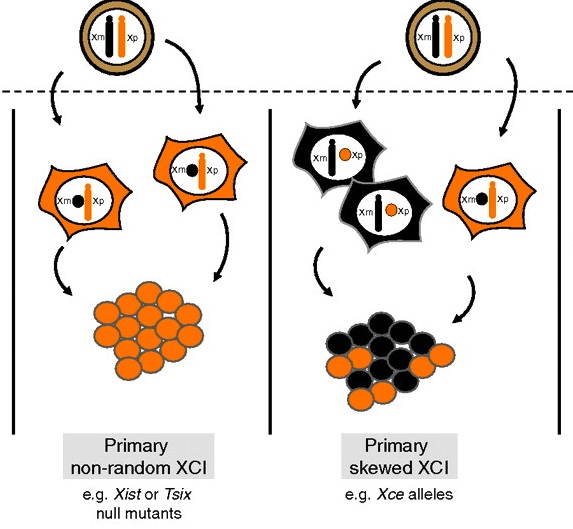
 Dates for your calendar
Dates for your calendar